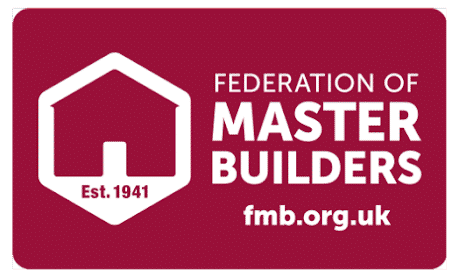Tie in of extension failed?
My property is 100+ years old, end of terrace, built as a two up two down with old stone.
In the 1970s a double extension was added to the back for a kitchen and bathroom.
In the early 2000s the property was part a renewal scheme in the local area and the side of the house was pebbledashed, and the extension seemed to be pebbledashed separately with a join in the middle.
Recently when attempting to sell the property the valuation surveyor pointed out that there was some movement and it seemed like the tie in has failed and the extension could be leaning. At the very top of the building at the join, there appears to be a half inch gap?
A structural engineer will of course be attending to assess it.
From a google search I have found that this could be anything from a relatively straightforward job for a builder to rectify, to the extension needing to be knocked down and replaced! Gulp!
I was wondering if I could have an idea of what to expect in terms of fixing it?
TIA.
=================
Answer:
The issue you’re describing with the gap and potential separation of the extension from the main house structure is a concerning one that needs to be properly assessed and addressed.
Here are some potential scenarios and repairs that could be recommended by the structural engineer, ranging from relatively straightforward to more extensive:
1. Minor structural repair: If the movement and separation is minor, it may be possible for a builder to install ties/anchors between the extension and main house to re-secure and stabilize the connection. Cracks may also need to be stitched/repaired.
2. Underpinning: If there is evidence of subsidence or foundation issues under the extension causing the leaning/separation, underpinning (strengthening/reinforcing the foundation) might be recommended.
3. Removal and rebuild: In a worst-case scenario where the extension is severely leaning or pulling away, and repair is deemed impractical or unsafe, the engineer may advise complete demolition and reconstruction of the extension.
The age of the extension, extent of the leaning, soil conditions, and overall structural integrity will be key factors in determining the appropriate repair method.
Until the engineer’s assessment, it’s hard to estimate costs, but underpinning or partial rebuilds can easily run into the tens of thousands depending on the size of the extension.
I would prepare for potentially disruptive and costly repair work based on the visible signs of movement. However, hope for the best case of relatively straightforward anchoring/tying in needed. The engineer’s report will provide the clear path forward.





